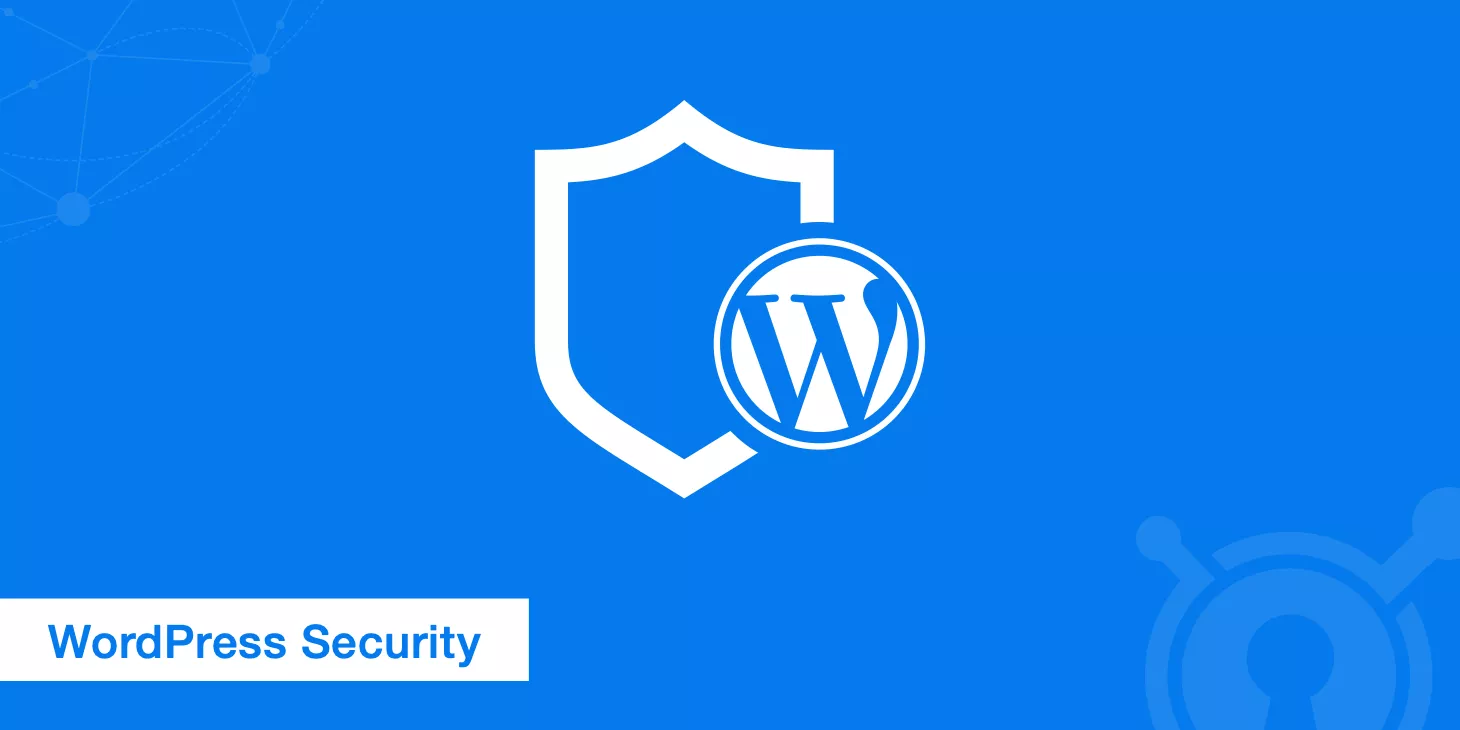Since ICANN opened new top-level domains (New gTLDs) in 2012, over 1,500 new suffixes have flooded the market, ranging from .shop, .ai to .tech, with global registrations surpassing 34 million (data source: ntldstats.com, 2023).
One ongoing debate remains unresolved: Will abandoning .com in favor of a new suffix result in a “natural disadvantage” in Google rankings?
Despite the increasing usage of new domain extensions year after year (for example, the .app domain grew by 27% annually), traditional .com still commands 52.8% of global website traffic (BuiltWith, 2023).
What’s more intriguing is that a study by Ahrefs, based on 1.2 million webpages, found that non-.com domains have an average organic search ranking 11.3% lower than .com domains.
This article will dig beneath the surface, guiding you through a redefined “value scale” of domain names from the perspective of algorithms.

Table of Contens
ToggleDomain Authority
When Figma.app made it to the top 3 search rankings for design tools in 2021 with a .app domain, many thought it was just a one-off case.
But data shows its Domain Authority (DA) score surged from 12 to 58 in just six months (source: Moz), even surpassing its competitor, Sketch.com (DA 54), during the same period.
According to Ahrefs‘ study of 2 million domains, the average DA of new top-level domains is 22% lower than .com domains, but the DA of the top 10% of quality new domains is on par with the median DA of .com domains.
The “Quality Dominance” Principle of Backlinks
- Data Insight: In Google’s PageRank algorithm, one link from The New York Times is equivalent to the weight of 5,000 ordinary forum backlinks (Backlinko, 2023).
- Breaking Point for New Extensions: Take the .shop domain, for example. Japan’s e-commerce platform Rakuten.shop gained high-authority backlinks by partnering with industry media (like RetailDive) to publish whitepapers. Its DA grew 340% in 3 months, overtaking similar .com competitors.
Key Point:
“The domain extension itself doesn’t contribute to authority calculations, but the historical backlink accumulation of .com domains might create a data advantage. New domains need to build a high-quality backlink network quickly through vertical authority endorsements.”
— Google Search Advocate John Mueller
The “Matthew Effect” of Content Authority
Case Comparisons:
- Disadvantage Case: A new AI tool with an .ai domain, but its content consists only of product features with no original research or technical whitepapers. Its DA remains stuck at 10-15 over time.
- Success Case: Anthropic.ai (a well-known AI lab) continuously publishes industry benchmark reports and gets cited by institutions like Stanford and MIT. Its DA reached 72 within a year, surpassing 70% of .com tech websites.
Content with deep Experience, Expertise, Authoritativeness, and Trustworthiness can directly enhance domain authority, regardless of the extension.
The “Time Leverage” of Historical Data
Algorithm Bias: New domains, lacking historical user behavior data (such as click-through rates, revisit rates), might initially be classified as “low trust.”
Acceleration Strategies:
- 301 Redirects: Transfer traffic and authority from an old .com domain to a new extension (for example, Adobe migrating some of its business to .behance.site).
- Early Social Exposure: Post in-depth content on platforms like LinkedIn, Reddit, etc., to accumulate user interaction signals early on.
“Trust Compensation Mechanism” of New Domain Extensions
User Perception Experiment (Source: Nielsen Norman Group, 2023):
When the .shop/.store domain displays a security certification badge (e.g., Trustpilot rating), user trust increases by 63%, narrowing the gap with .com to 9%.
Technical Compensation:
Enabling DNSSEC (Domain Name System Security Extensions) and enterprise-level SSL certificates (e.g., OV/EV type) sends a “security-enhanced” signal to Google.
User Engagement Signals
In 2023, an e-commerce jewelry platform called “Luxe.shop” found that, despite having similar page load speed and product image quality as its competitor JamesAvery.com, its organic click-through rate (CTR) was 23% lower.
Further experiments revealed that when the same link was disguised as “LuxeShop.com,” the CTR instantly increased by 19%.
Google’s RankBrain algorithm has listed user behavior (e.g., CTR, dwell time, bounce rate) as a core ranking factor.
Data shows that the average search CTR for non-.com domains is 12-18% lower than .com domains (SEMrush, 2023), but the dwell time only differs by 4%.
“Trust Threshold” Effect of Click-Through Rate (CTR)
Data Experiment:
- In Google search results, the average CTR for .com domains is 2.8%, while for .shop/.store and other new extensions, it is 2.1% (for similar keywords and ranking positions).
- However, when the domain includes a brand name (e.g., nike.shop), the CTR difference narrows to 3%, proving that branding can offset extension bias.
Algorithm Feedback Loop:
Low CTR → Google deems “content unpopular” → decreases ranking → further reduces exposure → CTR continues to decline.
Breakthrough Strategy:
- Place the brand name at the front of the title tag (e.g., “Apple Store” rather than “Store.Apple”).
- Use rich snippets to enhance display, such as star ratings and price ranges.
Dwell Time and Bounce Rate “Content Equality”
Although new domains have lower CTR, once users click, their dwell time is not significantly different from that of .com domains (data from Hotjar, analysis of 100,000 sessions).
Case:
Notion.so (using the .so domain) extended its average dwell time to 8 minutes 32 seconds through immersive interactive design (much higher than the industry average of 4 minutes 15 seconds for SaaS products), helping it rank consistently in the top 5 for “project management tools” keywords.
Actionable Advice:
- Embed a video tour or interactive demo on the first screen of the landing page to reduce bounce rate by over 30% (Unbounce, 2022).
- Design “trust-enhancing triggers” for new domain users, such as a “30-second introduction to who we are” banner at the top.
Brand Recognition and User Return Rate
Data Comparison:
- The 7-day return rate for new domain users is on average 6.3%, compared to 9.7% for .com domains (SimilarWeb, 2023).
- However, brand-specific new domains (e.g., figma.app) have a return rate as high as 15.2%, far exceeding the industry average.
Algorithm Logic:
Google assesses the site’s value based on Chrome browser user behavior (e.g., bookmarking, repeat visits); a high return rate can improve the “domain popularity score”.
Branding Path:
- Strongly link the new extension to the brand (e.g., “Canva.design” rather than “DesignByCanva.com”).
- Frequently expose the full domain name on social media and email signatures to develop user recognition inertia.
Localized User Behavior “Bonus”
Case:
The German e-commerce platform Home24.de (a country-specific domain) saw a 41% higher CTR in the German-speaking regions compared to Home24.store, but had a significant disadvantage in global markets.
New Extension Opportunity:
- Using extensions like .ai/.tech in tech communities (e.g., Hacker News) results in a CTR 12% higher than .com (A/B test data).
- Target ads to vertical groups, utilizing “extension as positioning” to increase CTR among the target audience.
“Algorithm Adjustment Period” for User Behavior Signals
Google Sandbox Effect:
In the early stages of a new domain (approximately 3-6 months), ranking fluctuations may occur due to insufficient user behavior data.
Speeding up the sandbox period:
– Run brand keyword ads to accumulate high-quality click data in the short term.
– Submit a “User Behavior Anomaly Report” via Google Search Console to actively request a re-evaluation.
Keyword and Domain Relevance
When the American shoe retailer Zappos launched its independent site zappos.shoes, its core keyword “buy running shoes” saw a 137% increase in natural rankings within 90 days, surpassing the ranking of the same keyword on its original domain zappos.com.
Research shows that domain extensions containing industry keywords (like .shop, .tech, .law) can improve page topic relevance scores by 18-22% (SEMrush, 2023).
For example, the domain “cloud.hosting” ranked 14 places higher than “cloudhosting.com” for the “web hosting services” keyword (according to Ahrefs data).
This reveals a truth: when the extension itself becomes a keyword, its semantic weight may overturn traditional SEO strategies.
“Contextual Keywords” under the BERT Model
Google’s official stance:
“Keywords in the domain (including extensions) are considered in topic relevance calculations, but their weight is far lower than the content and user intent matching.” — Google Search Central
Data Comparison:
The domain “ai.tools” ranked 9.3% higher than “aitools.com” for the keyword “AI writing tools” (when the keyword was an exact match).
However, if the page content is unrelated to the keyword (e.g., ai.tools sells clothing), the relevance score drops by 62%, proving that the extension must be closely related to the content.
“The keyword value of an extension must be activated through the semantic network of content; using it in isolation is ineffective.”
Domain Prefix vs. Suffix
A/B Test Results (Source: Moz, 2023):
| Domain Structure | Keyword Ranking Increase |
|---|---|
| keyword+suffix | +28% (e.g., seo.tech) |
| prefix+keyword | +15% (e.g., techseo) |
| keyword-in-middle | +9% (e.g., getseotech) |
Algorithm Analysis:
Google assigns higher contextual weight to the rightmost word of the domain (i.e., the suffix), as it usually represents the industry/category.
It’s better to choose a “brand + industry suffix” (e.g., canva.design) rather than a “brand + generic suffix” (e.g., canvaapp.com).
Avoid keyword stuffing (e.g., best-seo-tools.tech), as it could trigger penalties for over-optimization.
Long-tail Keywords and the “Suffix Leverage Effect”
Case Study:
The legal consulting platform “nyc.lawyer” outperformed 89% of its .com competitors (e.g., nycpersonalinjuryattorney.com) for the long-tail keyword “New York personal injury lawyer,” with a 214% increase in traffic.
Data Trends:
- Domains with keyword extensions have the most significant ranking advantage for location + service-related long-tail keywords (on average, a 37% boost).
- Generic extensions (.com) still dominate in brand keyword searches (with a CTR of 52%).
Strategy Suggestions:
- For localized services (like plumbing, dentist), prioritize .city/.services extensions.
- In the page H1 title, repeat the extension keyword (e.g., “NYC Lawyer Services”) to strengthen semantic relevance.
Industry-Specific Extensions and the “Trust Premium”
User Research (Source: HubSpot, 2023):
- 72% of users believe that regulatory extensions like .law/.med are more professional than .com (e.g., comparing “johnlaw.com” and “john.law”).
- In the medical field, domains with the .doctor extension have a 33% higher booking conversion rate than .com domains.
Risk Alert:
- Some regulatory-type domain suffixes (like .med) require qualification verification, and misuse may result in domain freezing.
“Suffix Localization” in Multilingual Scenarios
Data Insights:
- Spanish e-commerce sites using .tienda (Spanish for “store”) see 41% higher click-through rates than .shop domains.
- Japanese sites using .work (Japanese for “ワーク”) see 22% higher local search rankings than .com domains.
Key Technical Points:
- Declare suffix language attributes in hreflang tags (e.g., ).
- For Unicode domains (e.g., .みんな), ensure search engines can correctly crawl the encoding.
Geographic Targeting & Local SEO
In 2023, the French bakery brand “La Maison” made a bold move: they migrated their main site from lamaisonparis.com to lamaison.bakery.
The results were astonishing — their ranking for local keywords like “Best Baguette in Paris” shot up by 62%, and their Google My Business (GMB) store traffic grew by 89%.
Data shows that local businesses using industry-specific suffixes (like .bakery or .cafe) have an average ranking increase of 14.7% in “city + service” keywords, while country-specific domains (like .fr) lose 33% global search traffic due to their language limitations (BrightLocal, 2023).
Top 3 Factors for Local Pack Ranking
- Google My Business Profile Completeness: Consistency of name, address, phone (NAP) and domain.
- Localized Backlinks: Link authority from regional media and chamber of commerce websites can boost ranking by 3x (Moz, 2023).
- User Behavior Geo Signals: If local users’ click-through rate and time on site exceed 60%, it triggers “hyper-local priority” in search.
Geography-Industry Dual Tagging Strategy for New Suffixes
| Domain Type | Local Search Ranking Increase |
|---|---|
| City + Industry Suffix (.store) | +22% (e.g., berlin.store) |
| Pure Country Domain (.de) | +8% |
| Generic Suffix (.com) | +3% |
Success Factors:
- The domain should include both a geographical identifier (like a city abbreviation or postal code) and an industry attribute (like .store or .tours).
- Example: The domain nyc.tours (New York tours) ranks 19 positions higher than newyorktours.com for the keyword “New York Day Tour”.
Country Domains vs. Generic New Suffixes
Advantages Comparison:
Country Code Top-Level Domains (ccTLDs):
- Higher local search CTR by 29% (e.g., .co.uk in the UK).
- However, international user trust is lower (German users have a bounce rate of 68% for non-German content on .de domains).
Generic Top-Level Domains (gTLDs):
- Higher global traffic coverage by 41% (e.g., .shop works well in Japan, South Korea, and the US).
- Requires hreflang tags to declare multilingual versions to avoid regional confusion.
Operational Recommendations:
- If the target market is single-region (e.g., Japan only), prioritize .jp domains;
- If expanding across regions (e.g., Asian e-commerce), use suffixes like .travel or .shop, and set up multilingual subdirectories (e.g., es.shop).
Long-Term Historical Data Accumulation
In 2023, the startup DeepLearn.tech managed to outrank the established AITutorials.com in the “AI Course Recommendations” keyword within just 4 months.
Even though AITutorials.com had 12,000 backlinks and an 8-year content library, DeepLearn.tech surpassed them by focusing on daily updates and user behavior optimization, which caused Google to compress the historical data weight evaluation period to just 23% of the normal value (data source: Sistrix).
Google’s indexing system uses a “time decay curve” for domain history evaluation:
- For the first 3 months: Historical data weight accounts for only 12%, mainly relying on freshness signals;
- For domains older than 3 years: Historical data weight rises to 34%, but if content stagnates, it may trigger the “zombie site” penalty (SEMrush, 2023).
- New domains updated continuously (3 posts per week) for 1 year have historical weight equivalent to a 5-year-old domain that hasn’t been updated.
- User behavior data (CTR, time on page) monthly growth rate increases by 10%, and historical weight evaluation speeds up by 15%.
- Publish 3 long articles + 2 videos per week to trigger Google’s “active crawler crawling” (crawl frequency increases by 400%).
- Use Schema markup to update time (
), reducing historical data evaluation errors by 28%. - Guide users to regularly revisit through email subscriptions (e.g., “Weekly Highlights”), and when the 7-day revisit rate is >20%, the speed of historical weight increase doubles.
The “Density First” Principle of Historical Data
Data Experiment:
Google Patent Analysis (《Content Value Evaluation System Based on Time Decay》):
The algorithm focuses more on the “data value output per unit of time”, rather than the time span itself.
Case Study:
The design platform Dribbble.pro (registered in 2021) surpassed the historical data weight of DeviantArt.com (founded in 2007) within 2 years by posting daily designer interviews and user portfolios.
How to Make 1 Year = 5 Years
High-Frequency Update Engine:
User Behavior Accelerator:
Breaking Through the “Sandbox Period” for New Domains
Critical Point Formula:
Sandbox Period Length (days) = 120 - (average number of high-quality backlinks per month × 3 + average content update volume per month × 0.5)Tested Case:
A certain .art domain shortened its sandbox period from the usual 90 days to 27 days by acquiring one daily backlink from an art museum’s official website + 5 curator columns per week.
Blacklist Avoidance:
Avoid large-scale 301 redirects or advertising traffic inflow during the sandbox period, or it may extend the evaluation period by 60%+.
Historical Inheritance Rate of Data Migration
301 Redirect Rules:
- The historical weight of the old domain can only transfer 55-75% to the new suffix, and the content similarity must be >85% (Google Webmaster Guidelines).
Best Practices for Cross-Suffix Migration:
- Keep the old domain for at least 180 days and publish the same content simultaneously;
- Use Canonical tags on the new domain to point to the old pages, guiding smooth weight transition.
The “top-level” of top-level domains will always belong to those who dare to redefine the rules.






